
Ireland, a land of mystery and legends, attracts millions of tourists every year. But this verdant island is often the subject of clichés which, although sometimes rooted in historical or cultural reality, can give a reductive image. Let’s decipher these misconceptions together.
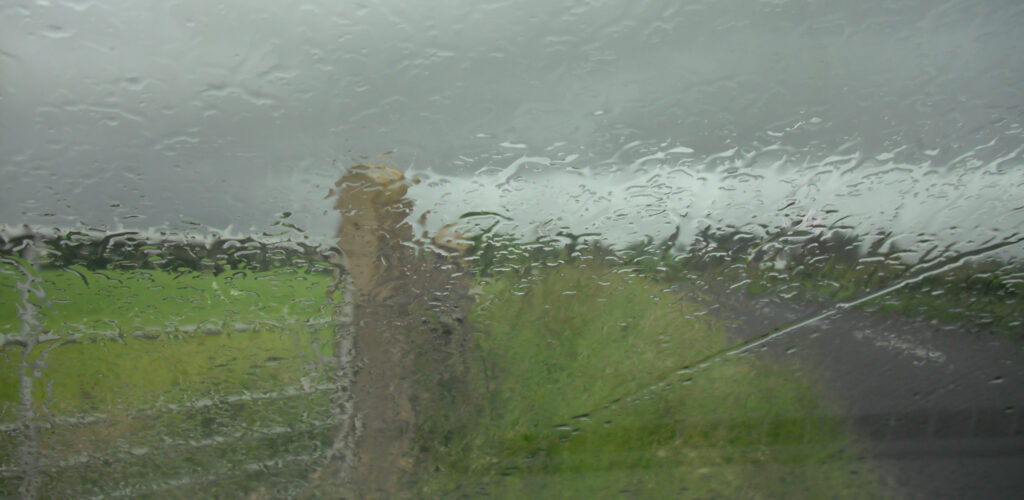
A rainy day in Ireland – Lucy Fisher – cc
Ah, Ireland, where every day would be an incessant parade of clouds, pouring heavy rain on its green pastures, as if the sky had a faulty tap that it constantly forgot to turn off!
If this picture is to be believed, every Irishman has an umbrella grafted to his hand, a collection of rubber boots that would make any fashion show green with envy, and a sixth sense for detecting the next downpour a hundred kilometers away.
There’s no denying that Ireland, with its position on the Atlantic border, has its share of cloudy and rainy days. It’s this rain that gives the Emerald Isle its lush landscapes and vibrant greens. The oceanic climate offers intermittent showers and impromptu rainbows, transforming every window into a changing work of art.
However, to say that it rains “every day” would be a tad exaggerated. The Irish themselves like to joke about their unpredictable weather, often saying that you can experience all four seasons in one day. And perhaps that’s where the magic of Irish weather lies: a grey morning can give way to a sunny afternoon, followed by a brief shower just in time for a spectacular sunset.
So it’s wise to take an umbrella with you when you visit Ireland, but don’t be surprised if you also need sunglasses. And if a shower interrupts your walk, remember the local saying: “There’s no such thing as bad weather, just bad clothing”. So get your boots on, brave those clouds and go get your rainbow!
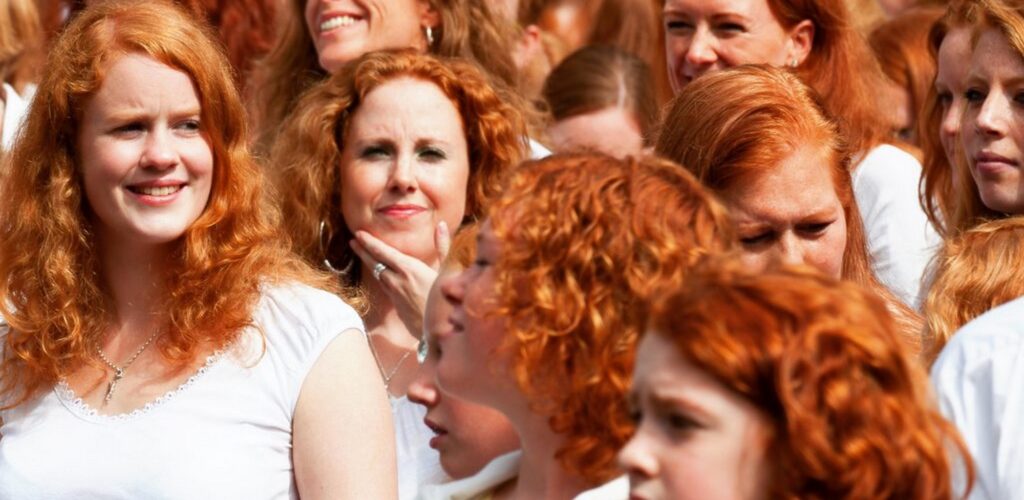
Redheads at the Irish Redhead Convention
Red hair… This flamboyant head of hair is as often associated with Ireland and Scotland as the beret is with the French or the paella with the Spanish!
The cliché has it that every Irishman is a proud bearer of this fiery hue, emerging like a living torch in the country’s morning fog. Imagine an entire island where everyone looks like a version of Disney’s “Rebelle”, proudly drawing their bows while humming Celtic melodies.
It’s true that Ireland has one of the highest percentages of red hair in the world. Around 10% of the population has this specific hair color, which is well above the global average.
And there’s something intrinsically charming and mystical about this genetic peculiarity, reinforced by tales of druids, fairies and other local legends.
However, if you land in Dublin expecting to be greeted by an army of redheads, you may be in for a bit of a surprise. The Irish are just as diverse in their hair colors as any other nation. You’ll find a complete palette: from blond to brown, to raven black, and yes, of course, that enviable shade of red.
So reality is a little less monochrome than the cliché. But there’s one thing that can’t be denied: every time you come across a genuine redhead in Ireland, chances are they’ll wear it with a pride and elegance that pays tribute to all the legends and stories surrounding this iconic feature. So, even if not all Irish people are redheads, those who are surely shine a little brighter!
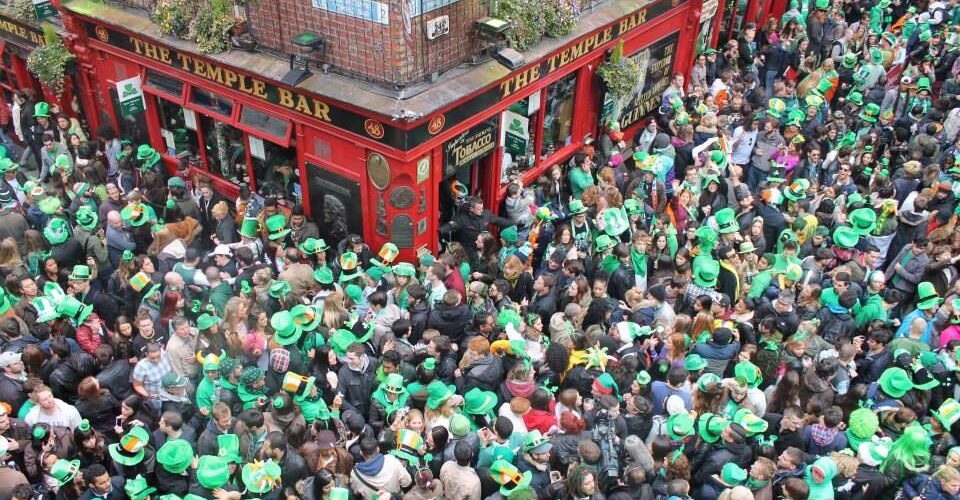
Temple Bar during Saint Patrick’s Day
There’s nothing more important in Ireland than St. Patrick’s Day! That magical day when, if the clichés are to be believed, every Irishman, young or old, would mount his trusty leprechaun and rush to the nearest pub, armed with a gigantic tankard and an insatiable thirst. According to popular legend, St. Patrick’s Day in Ireland is a kind of Drinking Olympics, where the gold at the end of the rainbow is actually a barrel of beer.
It’s true that St. Patrick’s Day is an enthusiastically celebrated national holiday in Ireland. And yes, that can include a pint or two of the local black drink in crowded pubs, accompanied by rousing songs and wild dancing. The streets are tinged with green, parades fill the towns, and the festive atmosphere is palpable.
However, to reduce this day to a simple binge would be like saying that Christmas is all about eating logs. St. Patrick’s Day has deep roots in Irish culture and history. It commemorates Saint Patrick, the patron saint of Ireland, credited with the country’s conversion to Christianity. It’s a day of national pride, family togetherness and celebration of Irish identity.
What’s more, the way in which St. Patrick’s Day is celebrated has evolved and diversified. In many places, it’s as much about art, music, literature and dance as it is about raising a glass. Children take part in workshops, artists perform in the streets and stories from the past come to life.
So, while the world seems to see St. Patrick’s Day as an excuse to wear green and enjoy a beer, you should know that for the Irish, it’s a day that encompasses so much more. But hey, if you find yourself in Ireland on March 17, feel free to join the party, mug in hand, and toast the rich tapestry of Irish history. Sláinte!
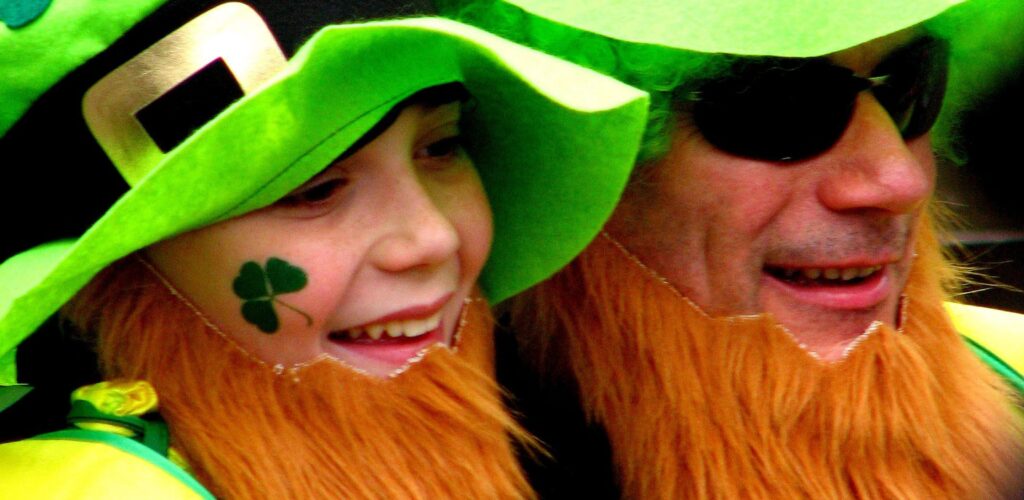
Irish people dressed as Leprechauns – garryknight – cc
Do you know leprechauns? These mischievous little creatures, dressed in green, top hats screwed on their heads, guardians of cauldrons filled with gold hidden at the end of the rainbow, are part of Irish folklore!
And according to some clichés, every Irishman spends his weekends wandering the forests and hills, a little treasure map in hand, hoping to find one of his famous pots of gold. If this vision is anything to go by, Ireland is less a land of pubs and folk music and more a life-size version of “Find the Leprechaun”.
There’s no denying that leprechauns occupy a special place in Irish folklore. They are an undeniable part of the tales and legends that have been passed down from generation to generation, coloring the imagination of listeners with tales of magic, cunning and hidden riches.
However, if you ask a contemporary Irishman if he really believes in the existence of leprechauns, you’re more likely to get an amused smile than a fervent affirmation. For most Irish people, these creatures belong to the realm of myth, like mermaids or dragons. They are symbols of the enchantment and fantasy that characterize so many Irish tales.
That said, Ireland is a country where the line between reality and the supernatural is often blurred, where misty landscapes and ancient forests can easily evoke a sense of magic. And who hasn’t dreamed of finding a little pot of gold at the end of a rainbow stretching across the horizon?
So, while literal belief in leprechauns may be reserved for children’s tales, their spirit of magic, mischief and wonder lives on in the hearts of the Irish and all those who visit this enchanted land.
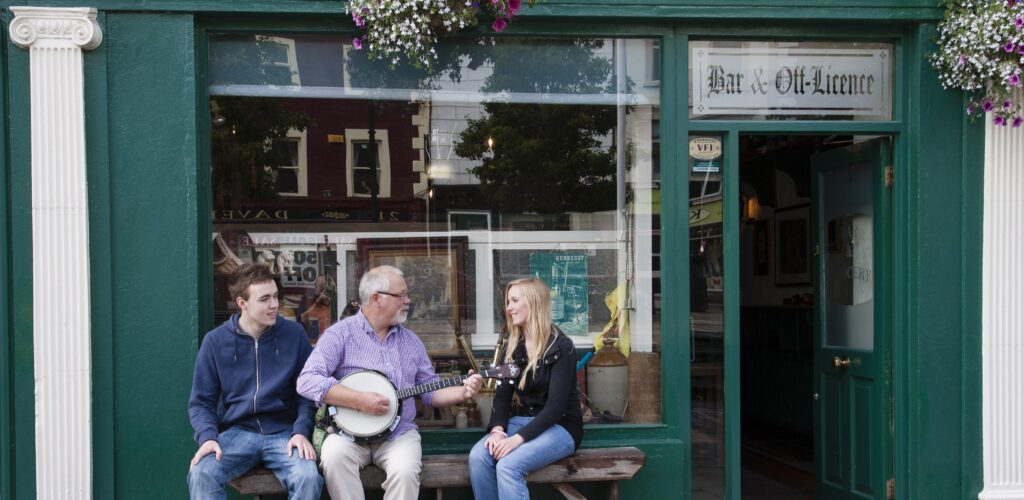
A traditional Irish music session in an Irish pub – © Stephen Power – Tourism Ireland
Music is undeniably a vibrant facet of Irish cultural identity, giving rise to the widespread perception that the Irish are naturally gifted in music.
This perception is deeply rooted in the country’s traditions and customs. For example, it’s common to walk into an Irish pub and come across a traditional music session, where local musicians spontaneously gather to share and play.
Ireland is also renowned for its wealth of traditional instruments, including the fiddle, bodhrán, Irish flute and harp, all of which have become emblematic of Irish musical identity.
The importance of music is further underlined by the many festivals and competitions held across the country, the Fleadh Cheoil being one of the most prestigious celebrations of Irish music and dance.
The global influence of Irish music is also undeniable, with artists and groups such as U2, Enya and The Dubliners conquering the world.
And let’s not forget that many people in Ireland are introduced to music from an early age, whether at home or at school.
However, although music is omnipresent in Ireland, it would be simplistic to assume that every Irishman is a born musician. As with any cliché, while it may be based on certain elements of truth, it’s essential to remember that it can’t encompass all the diversity and nuance of a culture.
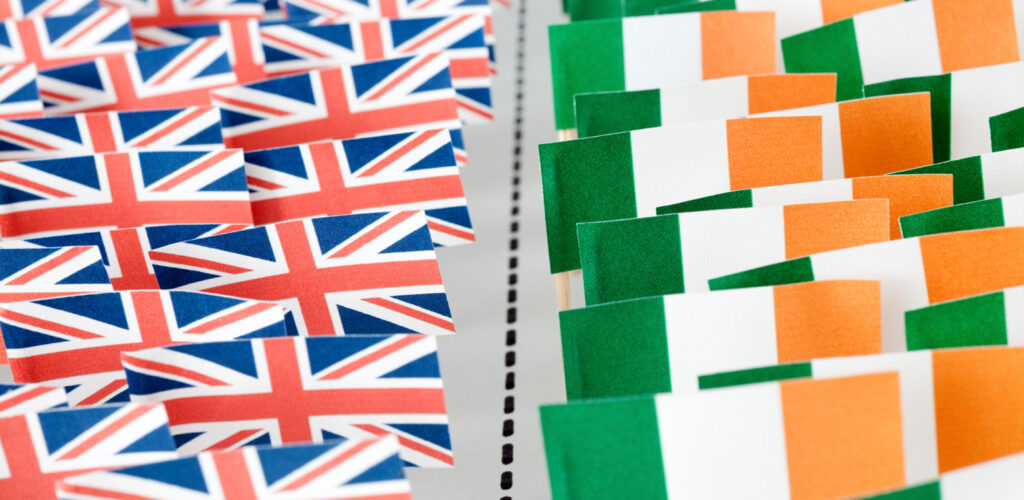
The rift between Ireland and the UK
The history between Ireland and England is rich and complex, marked by centuries of interaction, often conflictual. This long and sometimes tumultuous history has given rise to the stereotype that all Irish people harbor strong resentment towards the English.
This perception is rooted in major events such as the English colonization of Ireland, the various Irish rebellions, the Great Famine and, more recently, the tensions surrounding the status of Northern Ireland.
Tensions between the two countries have often been fuelled by policies and actions that have left lasting scars on the Irish collective memory. The Great Famine of the mid-19th century, for example, left a deep impression on the Irish psyche, as many perceive it to have been exacerbated by English policies of the time.
However, despite this heavy historical legacy, the contemporary reality is far more nuanced. Relations between Ireland and the UK in the 21st century are largely peaceful and cooperative, with economic, cultural and political exchanges. Moreover, it is essential to distinguish between feelings towards a country’s government or policies and those towards its citizens. Although there are historical tensions, many Irish people have English friends, family or colleagues, and enjoy cordial relations with them.
So, although history has created tensions and mistrust, it’s simplistic and inaccurate to assume that all Irish people hate the English. As with any stereotype, it’s important to recognize that behind these generalizations lies a far more nuanced and diverse reality.
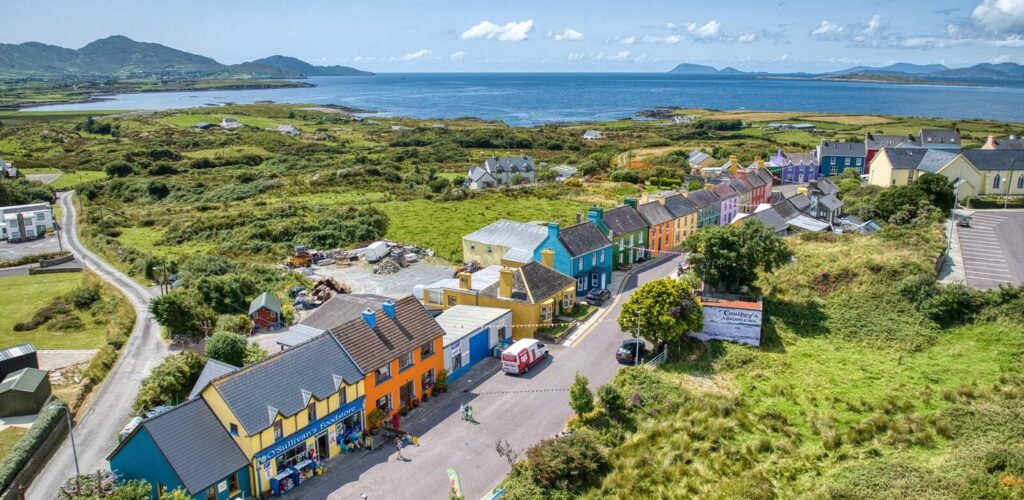
Eyeries – © Tourism Ireland
Ireland is often evoked in the collective imagination as a green island of gentle hills and bucolic landscapes. This idyllic image of the Irish countryside led to the widespread belief that the Irish, rooted in this natural beauty, would have an innate preference for the countryside over city life.
But that’s obviously a cliché and a rather easy shortcut!
Certainly, looking back in history, Ireland was largely rural, with an agrarian population living in close relationship with the land. Irish culture and folklore are full of stories celebrating rural life, farming traditions and the sacred bond with nature. These stories have certainly influenced the perception of Ireland as a nation deeply attached to its rural roots.
But all that has changed profoundly. With modernization and urbanization over the centuries, Ireland has seen a massive movement of its population to the cities, in search of economic opportunities and an urban lifestyle. Today, cities like Dublin, Cork and Galway are vibrant centers of culture, education and commerce, attracting residents from all over the country and even abroad. Festive, Irish towns have become essential places to live, widely appreciated by the Irish.
In many ways, then, Ireland is a country like any other, with large cities and wild places. So there’s city Irish… and there’s country Irish!
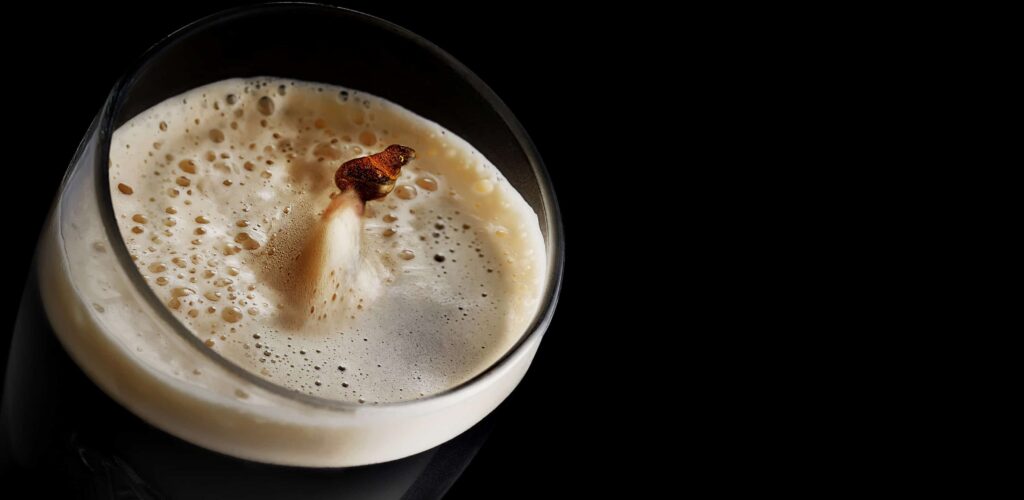
A pint of Guinness – © venge
Ah, the famous pint of Guinness! Who hasn’t heard that the Irish, come rain, shine or snow, are always ready for a good beer? The persistent cliché has it that the Emerald Isle is populated by beer and Irish whiskey experts, with a unique gift for turning every situation into an opportunity to raise an elbow. After all, if you believe the rumors, an Irishman doesn’t need a watch to know it’s “Guinness time”.
Historically, Ireland has a rich tradition of brewing and whiskey production. With world-renowned brands such as Guinness, Bushmills and Jameson, it’s hardly surprising that beer and whiskey have become synonymous with Irish culture. And what about the ads? These are the kind of friendly places that seem to spring up on every street corner in Ireland, ready to welcome anyone with lively music and, of course, a cool drink.
But let’s get one thing straight: while the Irish are proud of their brewing heritage, that doesn’t mean they spend all their free time with a pint in hand. After all, there are so many other things to do in Ireland, like exploring the most beautiful places, dancing a jig, looking for leprechauns or, go figure, maybe even drinking a nice cup of tea!
So, the next time you meet an Irishman, remember: it’s quite possible that he’ll prefer a lemonade to a beer! But if it’s a beer he chooses, make sure it’s well served, because there may be some truth to the clichés!
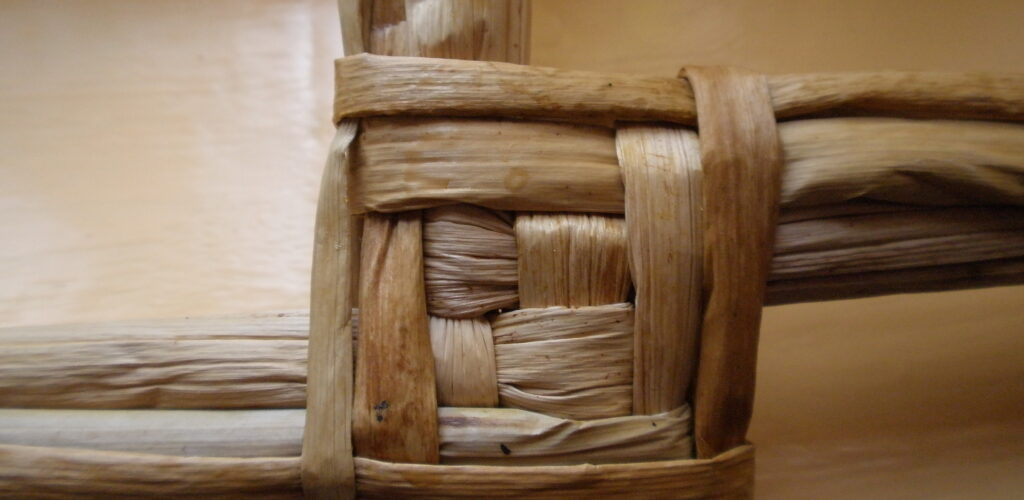
Cross of Saint Brigid – amandabhslater – cc
Ah, the luck of the Irish! Who hasn’t heard of this mysterious power that guarantees the Irish infallible luck? If this cliché is to be believed, every Irishman is born with a four-leaf clover in his pocket, ready to find pots of gold at the foot of every rainbow and avoid every black cat in their path.
Ireland has its fair share of myths and legends, from mischievous leprechauns to wishes granted by magic stones. With so much enchanted folklore, it’s hardly surprising that people think the Irish live a life of permanent good fortune, slipping through raindrops and always falling on the right side of the sandwich.
But even if Ireland is the cradle of fairy tales, every Irishman will tell you with a wink: they also have to look for their missing socks, wait for the bus in the rain and, sometimes, their toast lands on the buttered side. So, yes, they like to celebrate St. Patrick’s Day with panache and can proudly wear green without getting pinched, but luck? It’s as much about attitude as it is about nationality.
So, the next time you’re envious of“Irish luck“, remember: it’s perhaps less about magic and more about that sparkle in the eye, that ability to see the glass as half full, even if it’s just filled with Irish rain!
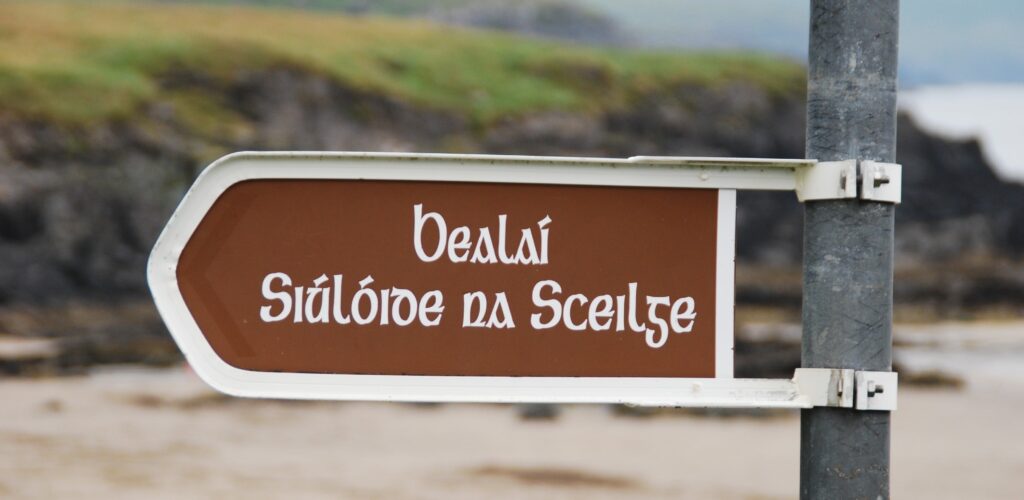
A sign in Irish Gaelic – © nordmann
Did you know? In Ireland, we speak English as well as Irish Gaelic! Although the language is more of a minority, it remains the backbone of Irish culture.
So, if certain clichés are to be believed, every Irishman wakes up humming Gaelic songs, orders breakfast in the ancient language and discusses the latest village gossip using words that only a Gaeltacht regular could understand.
It’s true that Gaelic, or Irish as it’s often called, is the national language and has played an essential role in Ireland’s cultural identity. With its melodious sounds and sometimes confusing spelling for the uninitiated (seriously, how many vowels can you fit into one word?!), Gaelic reflects a rich history and culture.
But between you and me, even though many pupils in Ireland study Gaelic at school, this doesn’t necessarily mean that they hold deep conversations about human existence in this language during their coffee break.
In fact, although a region like the Gaeltacht keeps the language alive and vibrant, many Irish people find themselves using their school memories of Gaelic mainly to sing the national anthem at a rugby match or to impress tourists with a few well-chosen phrases.
So, if you come across an Irishman, don’t be too disappointed if he doesn’t greet you with a jovial “Dia dhuit!” But who knows? Perhaps with a little encouragement and a pint of the local brew, you could persuade him to teach you a few words to shine in your next quiz!
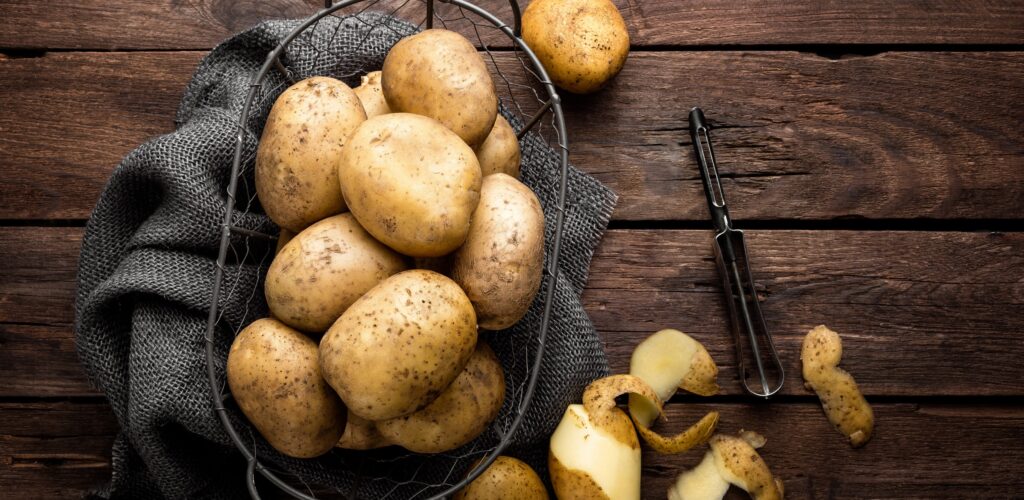
Irish potatoes – sea_wave
Ah, cabbage and potatoes, the essential duo of the Irish menu… at least according to urban legend! If we subscribe to this cliché, every table in Ireland would be lined with mountains of potatoes, in every imaginable style, flanked by green stretches of cabbage, at every meal.
How about breakfast? How about a cabbage omelette and French fries?
Unsurprisingly, Ireland has a certain history with the potato. Who could forget the Great Famine caused by potato disease in the 19th century? This tragic period solidified the importance of the potato in the national discourse, and, let’s face it, the Irish have a magical way of transforming this tuber into culinary delights. Fried, mashed, in salads, roasted – the possibilities are endless!
As for cabbage, while not the most glamorous of staples, it has its place in traditional Irish cooking, notably in the beloved dish “Bacon and cabbage”.
But step into a modern Irish home, and you’re likely to be greeted by a far more diverse variety of dishes. Sushi, curry, pasta – the Irish palate has gone global. Of course, a good purée can still make an appearance, but expect it to be accompanied by flavors from around the world.
So, while the image of an Irishman eating cabbage and potatoes at every meal may evoke a nostalgic charm, don’t forget to leave room for a pizza or burrito every now and then!
After all, variety is the spice of life… and who knows, maybe that spice will be served on a nice potato pancake!